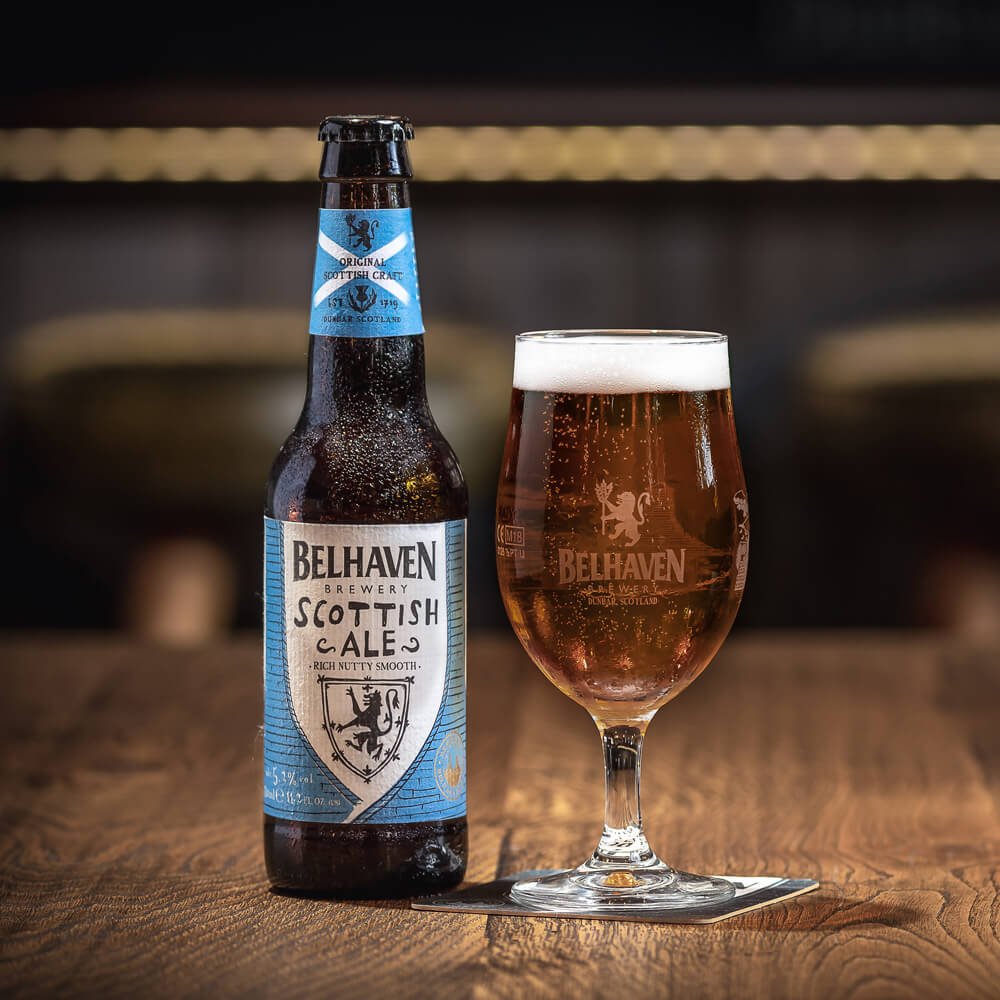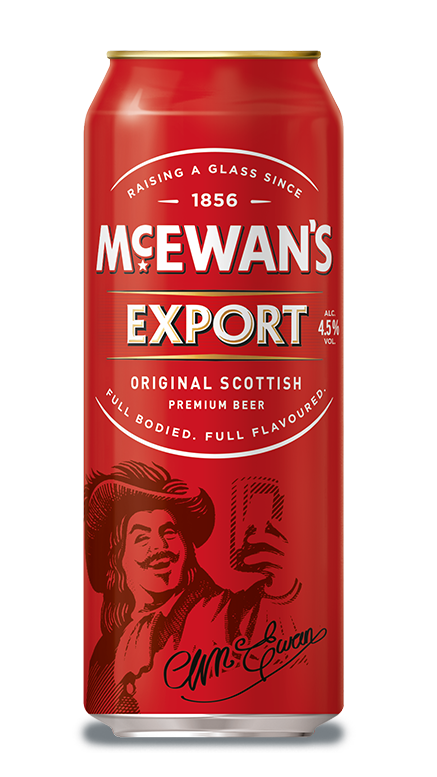Beer Style Guide: Get to Know Scottish Ale with Em Sauter
I love Scottish beers and wish that they were more available in general. They are satisfying, pleasantly drinkable, great with food and sessionable light amber to brown beers.
First things first—traditional Scottish beers are not smoky like scotch whisky. Many breweries in America brew with smoked malt as a tribute to scotch but traditionally speaking, Scottish beers from Scotland would not display this characteristic.
Scottish Beer Strengths
There are three strengths of Scottish beer, what we now know as Scottish Light (2.5-3.3% ABV), Scottish Heavy (3.3-3.9% ABV), and Scottish Export (3.9-6% ABV). The Scottish beers can also be labeled by a “shilling” designation; this is in reference to how much a hogshead (an antiquated measurement equal to 63 US gallons) would have cost the pub back in the mid 19th century. Scottish Light can also be called 60 shilling, Heavy 70 shilling and Export 80 shilling. It’s a little confusing, especially because the UK does not use this currency anymore but it has stuck with Scottish and American craft breweries alike. Scotland Light is very rarely made now in Scotland but could be found at your local brewery if you get lucky. Scottish Heavy and Export are the two more widely available styles but not by much. Again, I wish this style was made more often as it is delicious.
How Scottish Ale is Made
Scottish ales showcase the excellent pale malt grown in Scotland but in addition can be made with ingredients like sugar, corn and coloring agents. In a craft beer or homebrew setting, they are usually made with all malt such as caramel malts and chocolate malt for color. They are fermented slightly cooler than British ales so there’s less fruity esters (if you get fruit notes, that most likely comes from the malt). In Scotland, I found these beers in bottles at local supermarkets and sometimes on draft at pubs but not really in huge quantities. American and British ale styles plus golden lagers were more the norm in restaurants over there.
Scottish Ale Tasting Notes
Scottish ales have a pleasant toffee, raisin, plum and caramel aroma/flavor notes to them as well as toasted bread, brown sugar and graham crackers. All three beers have this flavor to a degree. The main change between the three would be alcohol strength and Scottish export can be slightly more bitter than the other two.
Scottish Ale Pairing
I really like salty foods with these beers as I can’t get enough of that salty/sweet combo. These beers are perfect for fish and chips or macaroni and cheese. There’s a homey goodness about Scottish ales that work really well with comfort foods.
Beers to Try
Belhaven Scottish Ale
Available in the states (and see if you can find it on nitro!), Belhaven is one of Scotland's most recognized breweries. They brew a 90 shilling or “wee heavy” too, but we will talk about wee heavy later in this series as a standalone topic.
McEwan’s Export
An easy to find beer in Scotland, McEwan’s export is malty and rich. Great beer to drink in a pint can.
Your local brewery
Yes, the cop out answer again, but truth be told, these beers are hard to come by in America. Your local brewery is a great place to see if they have these styles on tap.




